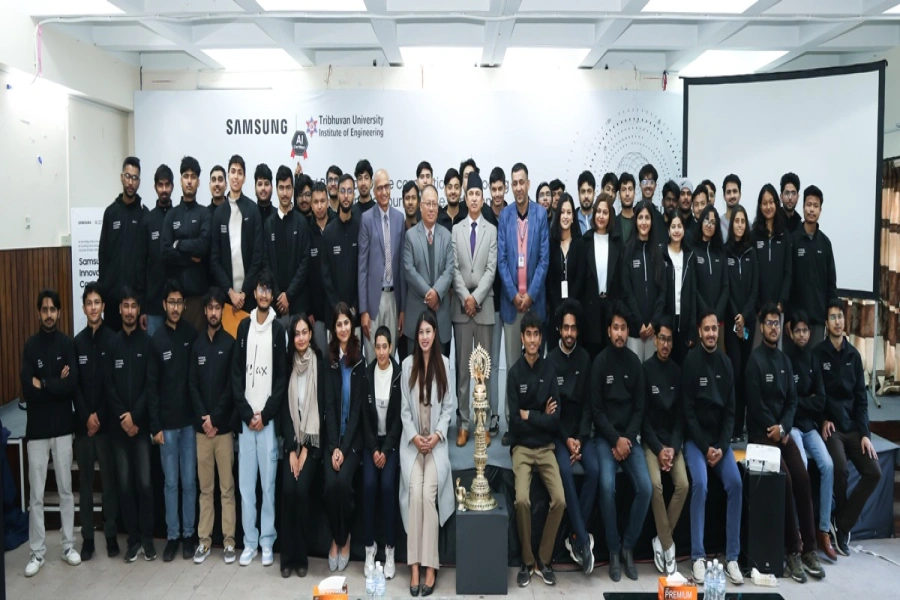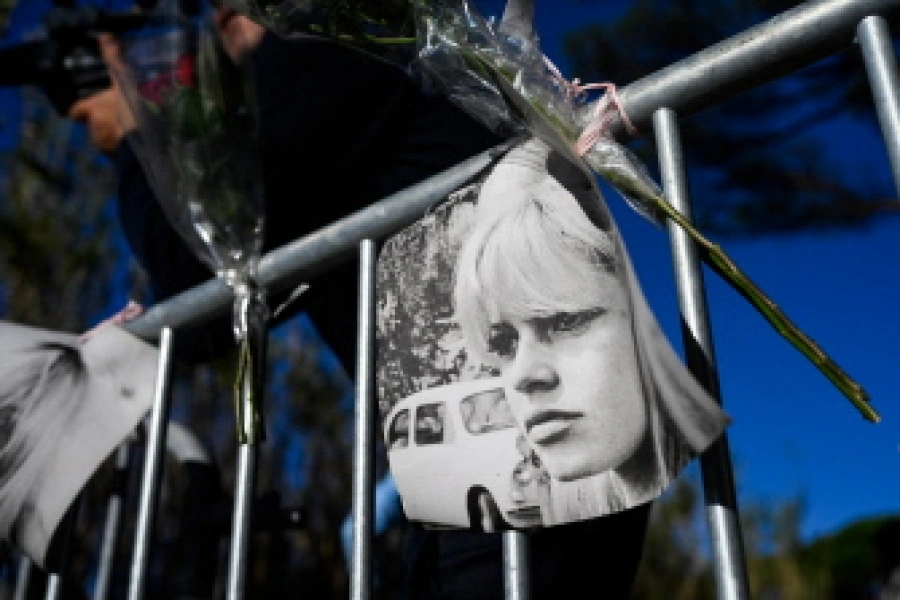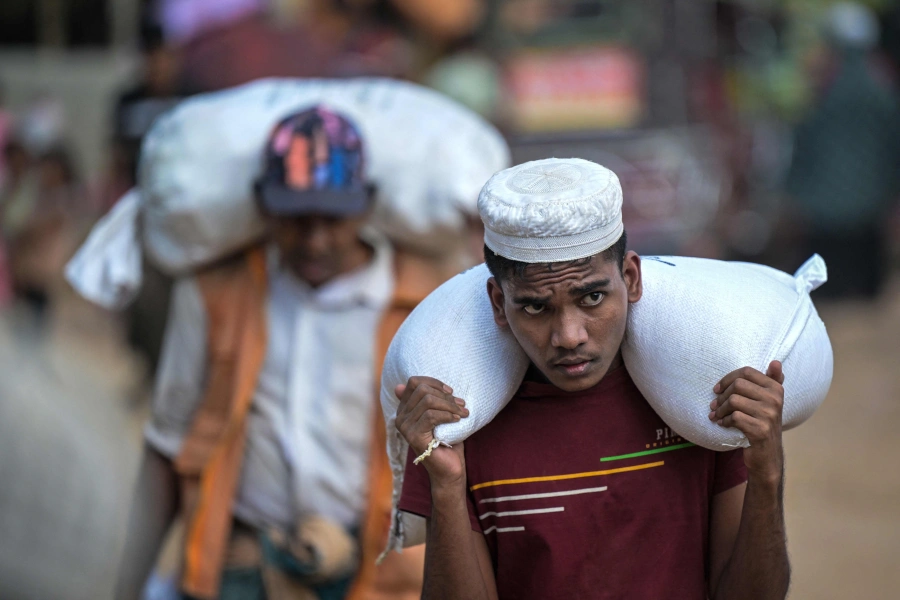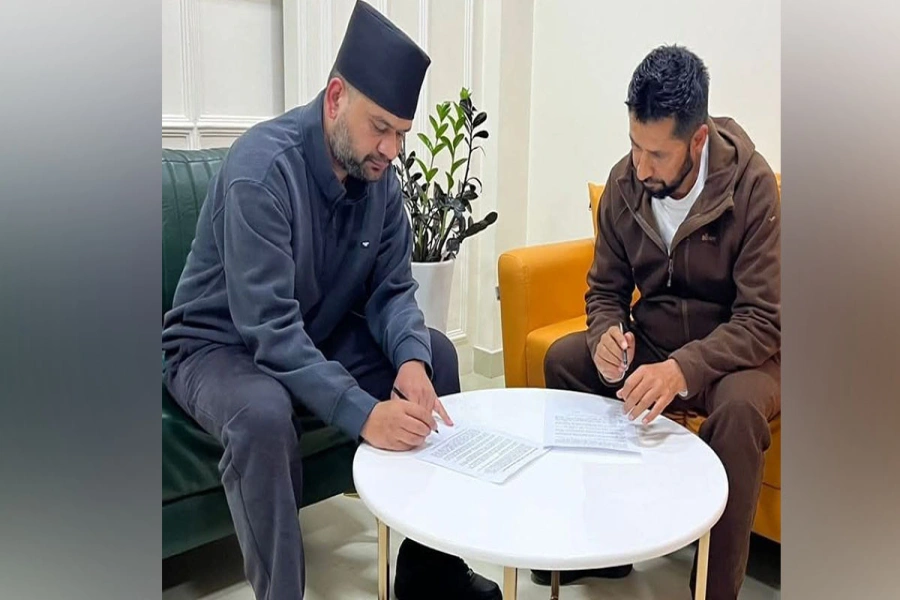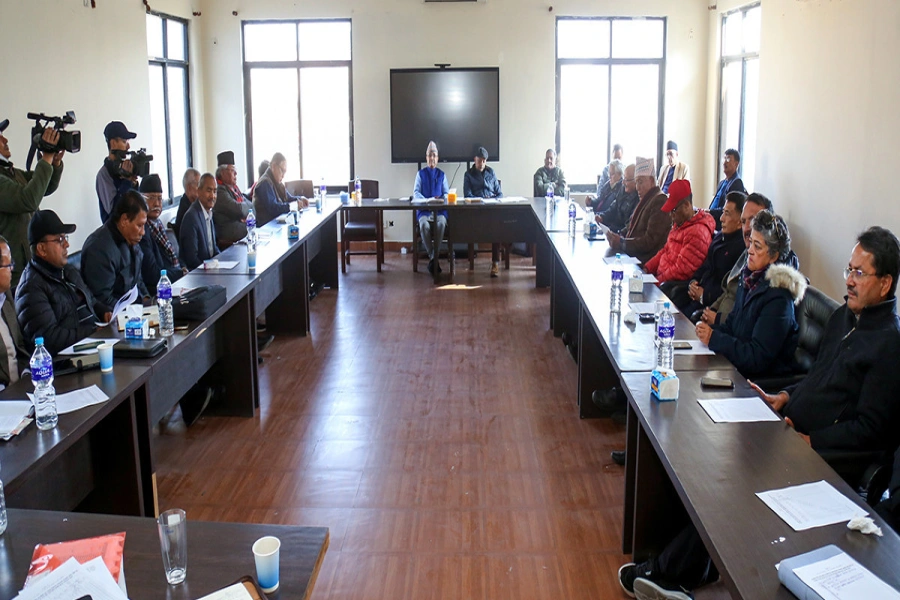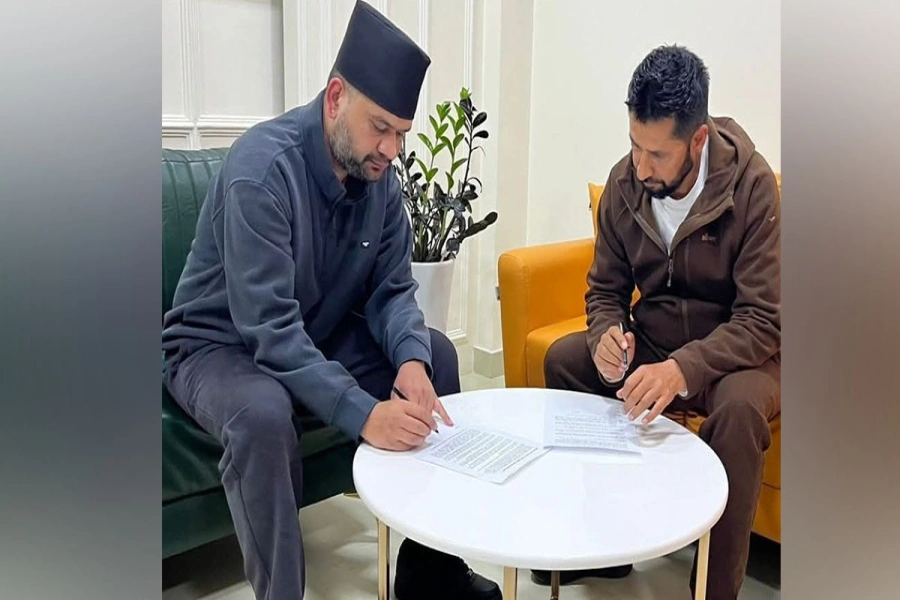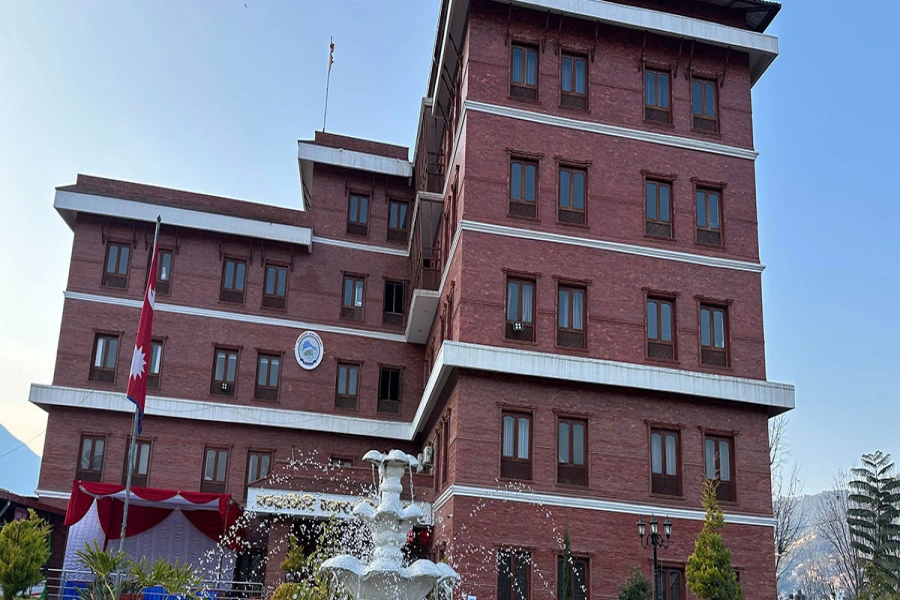Rumor mills in Kathmandu are on full tilt again. Always ripe for conspiracy theories, the latest gossip in the town in regarding the ‘neutering’ the ‘anti-India’ KP Oli via the grand coalition of left parties, which includes Baburam Bhattarai, India’s old favorite. But then there are those who are convinced that the new communist unity is the sole doing of China. I will leave it to the readers to decide.
Even without the latest turn of events, the past few years in Nepal-India bilateral ties have been as messy as they have been momentous, interspersed by Prime Minister Narendra Modi’s twin Nepal visits, the economic blockade, and the subsequent rapprochement, with New Delhi helping cobble together Nepali Congress-CPN (Maoist Center) coalition government. This rapprochement will perhaps be complete with the impending third Nepal visit of PM Modi, who is reportedly coming to flag off the long-delayed Arun III power project. This could also be the right time to give some much-needed push to the dormant process of review of past bilateral treaties.
The task of review entrusted with the two sets of Eminent Persons Groups (EPGs) is stuck. India agreed to the EPG process at incessant urging of Kathmandu, because review of past treaties, the 1950 agreement in particular, is not an Indian priority. The onus is entirely on Nepal to come up with review proposals that India can at least consider. Since the EPG members have been rather tight-lipped about the whole affair, it is hard to say for sure where the talks, which resume this Saturday, are headed.
But on the basis of what I have been able to gather by talking to Nepali EPG members, the experts they have consulted as well as some Delhi-based Nepali scholars and journalists who are in touch with Indian EPG members, the Nepali side has been unable to make a credible proposal. One reason for this is lack of political consensus in Nepal on the kind of desired revisions. This is why the more the Nepali EPG members consult major political actors, the more confused they seem to get.
Broken borders
Another reason is India’s old security-related sensitivities. For instance the Nepali side wants to amend the 1950 treaty provision whereby Nepal can import arms only from India. But the Indian side is not ready to budge on this as it fears that arms from third countries might end up in the hands of terrorists who could then exploit the open border to target India. Nepal has thus been talking up its ‘sovereign right’ to import arms and ammunition from anywhere it likes; and India says it is a no-no given the inherent risks.
The open border is another bone of contention. The Nepali side has been saying that if India is really concerned about security threats emanating from Nepal—for instance in the event of Nepal importing arms from third countries—then it makes all the more sense to regulate the open border, perhaps with issue of temporary permits for people and vehicles crossing the border. But India is hesitant on this, partly because more regulation would entail relaxing the vital leverage it enjoys thanks to the mammoth concentration of India’s population next door to Nepal.
India, for its part, is unhappy with the open violation by Nepal of Article 7 of the 1950 treaty, according to which India and Nepal “agree to grant, on a reciprocal basis [italics mine], to the nationals of one country in the territories of the other the same privileges in the matter of residence, ownership of property, participation in trade and commerce, movement and other privileges of a similar nature”. It is true that there are fewer such restrictions on Nepalis living in India than is the case with Indians living in Nepal. But Nepal fears, not unjustifiably, that if all restrictions on Indians are removed, the country could be swamped by people from across the border. India thus wants to retain this provision while Nepal wants to summarily junk it.
Moreover, the hush-hush manner in which the two sets of EPG members have gone about their business has not helped; this is far too important an issue to be settled behind closed doors.
The American muddle

Majoring in minors
Nor have the underlying issues been properly discussed. There is little controversy that outdated treaty provisions such as Article 2 that obliges both India and Nepal to inform each other of “any serious friction or misunderstanding with any neighboring State” should be amended. But if we are to, say, amend Article 7, are we ready for the economic and social fallouts of strict border control? It is one thing for EPG members to occasionally meet in Kathmandu and consult experts from various fields, but will its decisions be accepted by the people in border areas whose lives will be directly affected by any change in status quo? Also, notwithstanding India’s sometimes big brotherly attitude, really, is Nepal in a position to guarantee that arms from third countries that it imports will not fall into the hands of anti-India elements? Or should that even be Nepal’s concern?
An interesting aspect of the EPG process is that its recommendations are not binding. Hence there is a risk that the on-again-off-again process, with all its attendant expenses, could go down the drain—unless there is an immediate intervention at the highest level. For it is becoming increasingly clear that the substantive issues related to the 1950 treaty can be settled only through extensive engagement at the political level and only through a widely consultative process. This is why, if Nepal is serious about revision of the ‘unequal’ provisions of the 1950 treaty, it should present a convincing case to PM Modi when he next comes to Kathmandu.
Perhaps the political leaderships in India and Nepal are not too unhappy with the status quo, and this is precisely why they delegated such an important task to a group of experts who have zero power to ensure the implementation of their recommendations. If not, time has come for these political leaders who set the EPG process in motion to prove their seriousness. But don’t hold your breath.
biswasbaral@gmail.com




